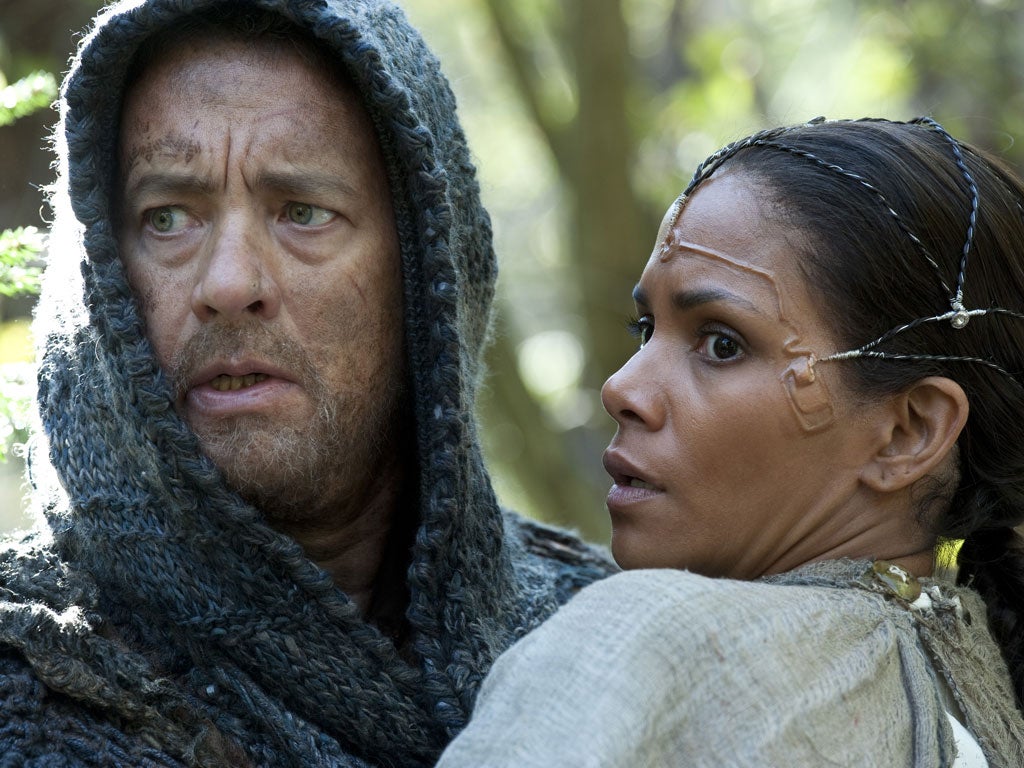Will Hollywood ever have a gay action hero? Report highlights lack of LGBT diversity among 'Big Six' film studios
GLAAD records not a single transgender character in films made in 2012 and just 31 identifiably gay or bisexual characters overall

Your support helps us to tell the story
From reproductive rights to climate change to Big Tech, The Independent is on the ground when the story is developing. Whether it's investigating the financials of Elon Musk's pro-Trump PAC or producing our latest documentary, 'The A Word', which shines a light on the American women fighting for reproductive rights, we know how important it is to parse out the facts from the messaging.
At such a critical moment in US history, we need reporters on the ground. Your donation allows us to keep sending journalists to speak to both sides of the story.
The Independent is trusted by Americans across the entire political spectrum. And unlike many other quality news outlets, we choose not to lock Americans out of our reporting and analysis with paywalls. We believe quality journalism should be available to everyone, paid for by those who can afford it.
Your support makes all the difference.Hollywood is notoriously squeamish about the unconventional. But the first report of its kind into the number of lesbian, gay, bisexual and transgender characters in US movies has revealed what many cinema-goers might already suspect: a shocking dearth of characters who are not straight.
It also revealed that the most likely place to find gay characters is in comedies.
LGBT rights body GLAAD examined the 101 films made by Hollywood’s 'Big Six' studios (20th Century Fox, Paramount Pictures, Sony Columbia, Universal Pictures, The Walt Disney Studios, and Warner Brothers) in 2012.
It found that of those films just 14 (13 per cent) included characters identified as lesbian, gay or bisexual – and that the vast majority of these characters were minor roles. Not one identifiably transgender character appeared in the films surveyed.
GLAAD’s inaugural report found that while television has become increasingly inclusive (it notes a record high percentage of LGBT characters in the 2012-2013 broadcast season) the film industry is lagging badly behind.
It found that comedy is the most diverse genre (nine of the 24 comedies released in 2012 featured a gay or bisexual character) and that films classed as “genre films” (including big budget action, sci-fi and fantasy films), which made up majority of 2012 releases, were the least diverse, with just three out of 34 films featuring an LGBT character.
Of the three inclusive "genre films" counted by GLAAD, one (Cloud Atlas) was initially created outside the studio system and another, The Avengers, included an appearance by an out gay news anchor, Thomas Roberts, that was so brief it is likely to have been missed by many viewers.
Only one of 21 dramas (4.7 per cent) and one of four documentaries (25 per cent) were found to be inclusive, while there were no LGBT characters in any animated or family-oriented films from the “Big Six” studios.
Of the 14 films that did include a gay or bisexual character 63 per cent of those characters were male, while female LGBT characters made up less than a third of the 31 different characters counted.
Though indie film still produces some of the most groundbreaking LGBT stories, major film studios appear reluctant to include LGBT characters in significant roles or franchises, GLAAD warns.
In its recommendations the report encourages Hollywood in particular to address the lack of transgender representations stating that “the lack reinforces the marginalisation of the transgender community”.
It acknowledges that Hollywood studios “remain reluctant” to cast LGBT characters in main roles. It questions whether a major studio would ever depict the protagonist of an action movie as anything other than straight.
Wilson Cruz of GLAAD said: “As a major influence in American culture and one of our nation’s largest media exports abroad, the lack of LGBT characters in big-budget films needs to change.”
“Until LGBT characters are depicted in these films in a substantial way with more regularity, there will remain the appearance of LGBT bias on the studios’ part. Whether it’s an action hero or a supporting character, moviegoers should be able to see LGBT people as integral players in the stories told by leading Hollywood studios.”
Join our commenting forum
Join thought-provoking conversations, follow other Independent readers and see their replies
Comments